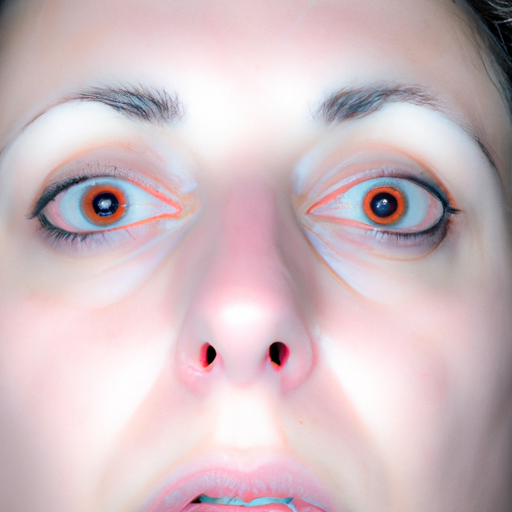As a dermatologist, I often encounter patients seeking advice and treatment for hyperpigmentation. This common skin condition, characterized by dark patches on the skin, can affect anyone, regardless of age, gender, or skin type. It is often harmless but can cause distress due to its impact on one’s appearance. Today, we will unmask the true nature of your skin by delving deep into hyperpigmentation and its various treatment options.
Hyperpigmentation is primarily caused by an overproduction of melanin, the pigment responsible for our skin, hair, and eye color. This overproduction can be triggered by several factors such as sun exposure, hormonal changes, age, skin injuries, and inflammation. The most common types of hyperpigmentation include melasma, sun spots, and post-inflammatory hyperpigmentation.
The first step in treating hyperpigmentation is understanding its root cause. For instance, sun spots are a result of prolonged sun exposure. Therefore, prevention and treatment would involve sun protection measures such as using a broad-spectrum sunscreen with an SPF of 30 or higher, wearing protective clothing, and avoiding peak sunlight hours.
On the other hand, melasma is often linked to hormonal changes, such as those experienced during pregnancy or when taking birth control pills. In such cases, addressing the hormonal imbalance may help reduce hyperpigmentation. Post-inflammatory hyperpigmentation occurs after skin injury or inflammation like acne, eczema, or psoriasis. Here, managing the underlying condition is crucial to prevent further darkening of the skin.
Once the cause is identified and managed, we can move on to targeted treatments for hyperpigmentation. Topical treatments are usually the first line of defense. These include creams, lotions, and serums containing active ingredients like hydroquinone, retinoids, vitamin C, kojic acid, azelaic acid, and niacinamide. These ingredients work by inhibiting the enzyme tyrosinase, which is essential for melanin production.
Chemical peels and microdermabrasion are other effective treatments for hyperpigmentation. These procedures work by removing the top layer of the skin, promoting new skin cell growth, and reducing the appearance of dark spots. However, they should be performed by a professional to avoid potential skin damage.
For more stubborn cases of hyperpigmentation, laser treatments and intense pulsed light (IPL) therapy can be considered. These treatments target melanin in the skin, breaking it down so that it can be removed by the body’s natural processes. It’s important to note that these procedures require multiple sessions for optimal results and carry a higher risk of side effects, including potential worsening of hyperpigmentation if not performed correctly.
Lastly, let’s not forget the role of a healthy lifestyle in maintaining good skin health. A balanced diet rich in antioxidants, regular exercise, adequate hydration, and sufficient sleep all contribute to overall skin health and can aid in the prevention and treatment of hyperpigmentation.
In conclusion, while hyperpigmentation can be a distressing condition, it is manageable with a variety of treatment options available. It’s crucial to consult with a dermatologist to understand the underlying cause and devise a personalized treatment plan. Remember, every skin is unique, and what works for one person may not work for another. With patience and consistency, you can unmask your true skin, free from hyperpigmentation.




